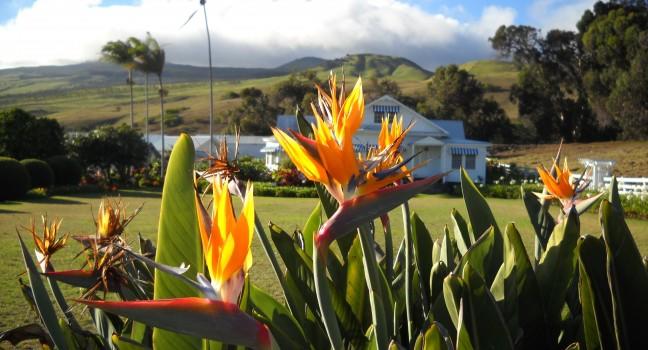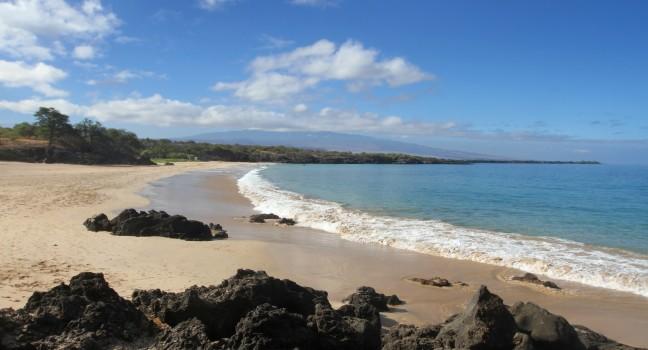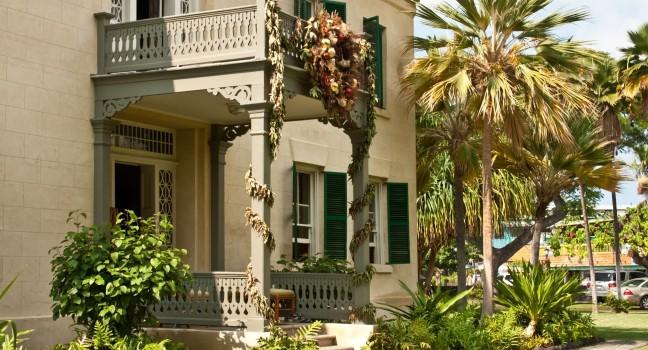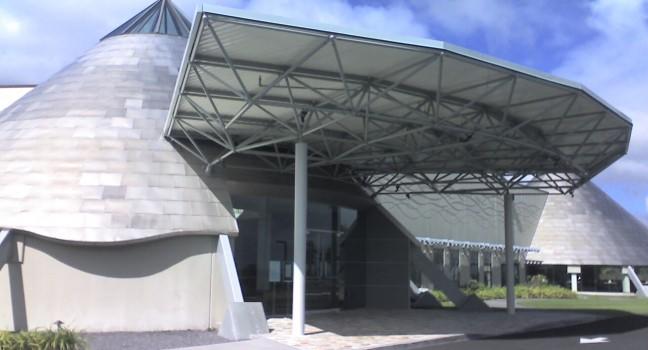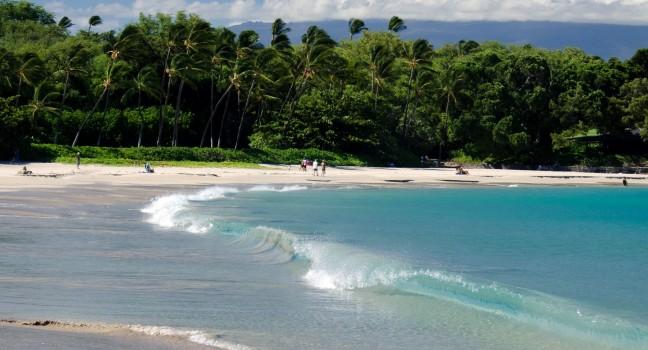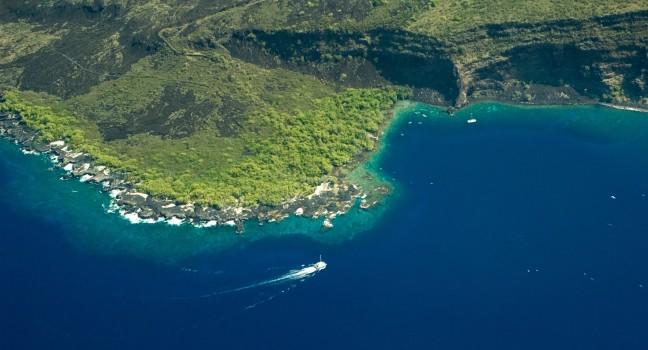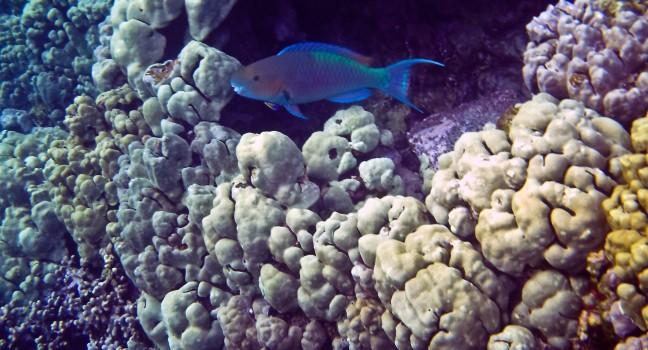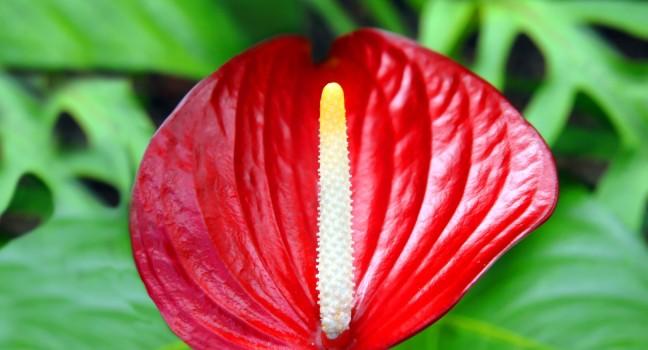Akaka Falls State Park
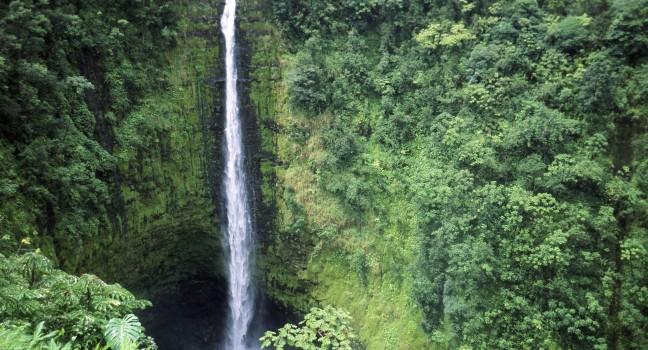
A paved, 10-minute loop trail (approximately ½ mile) takes you to the best spots to see the spectacular cascades of Akaka, including the majestic upper Akaka Falls, which drops more than 442 feet. It tumbles far below into a pool drained by Kolekole Stream amid a profusion of fragrant white, yellow, and red torch ginger and other tropical foliage. Another 400-foot falls is on the lower end of the trail. Restroom facilities are available but no drinking water. The park is 4 miles inland, and vehicle parking closes at 6. Visitors are encouraged to reserve parking online in advance at this popular spot. A series of steps along parts of the trail may prove challenging for some visitors, and they are not wheelchair accessible.

